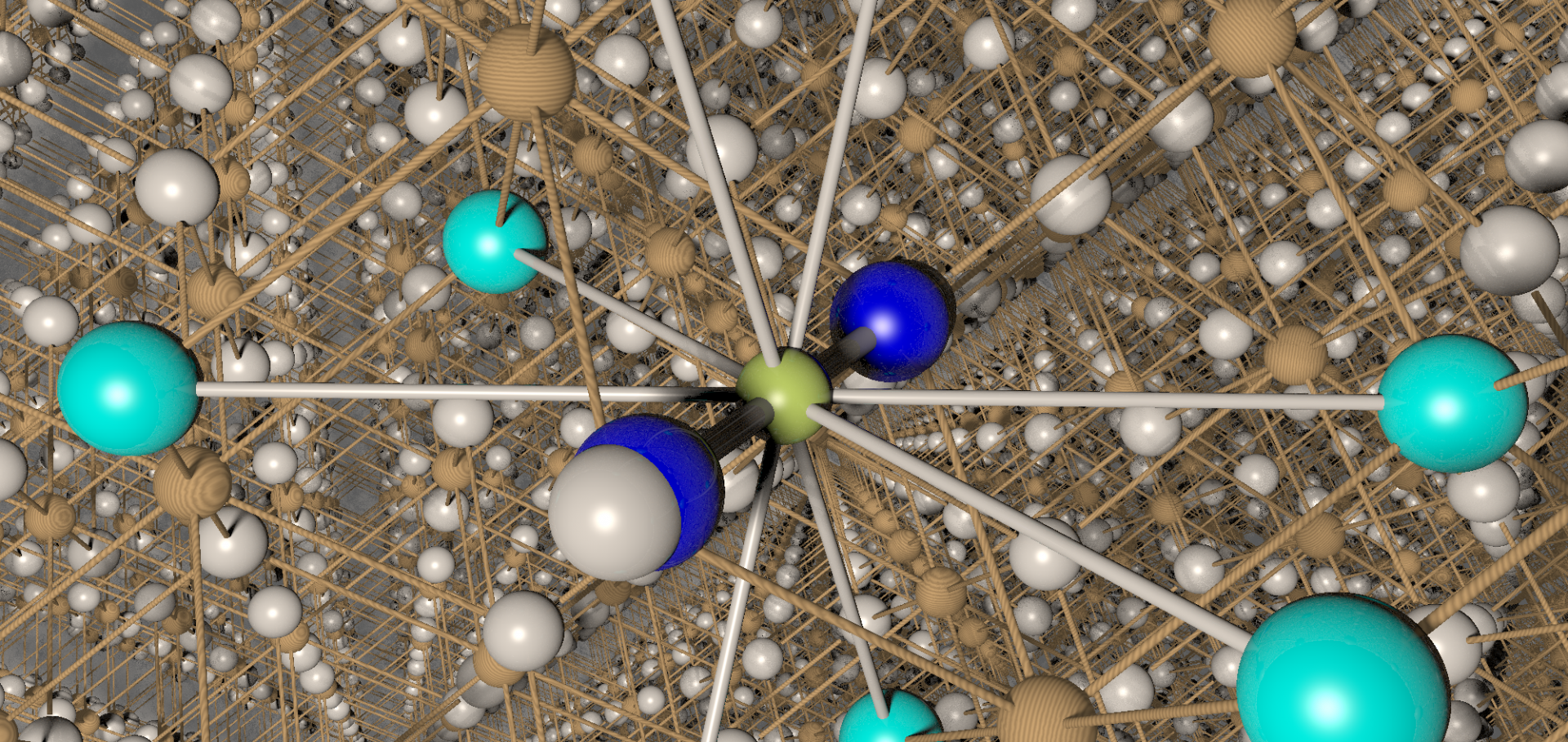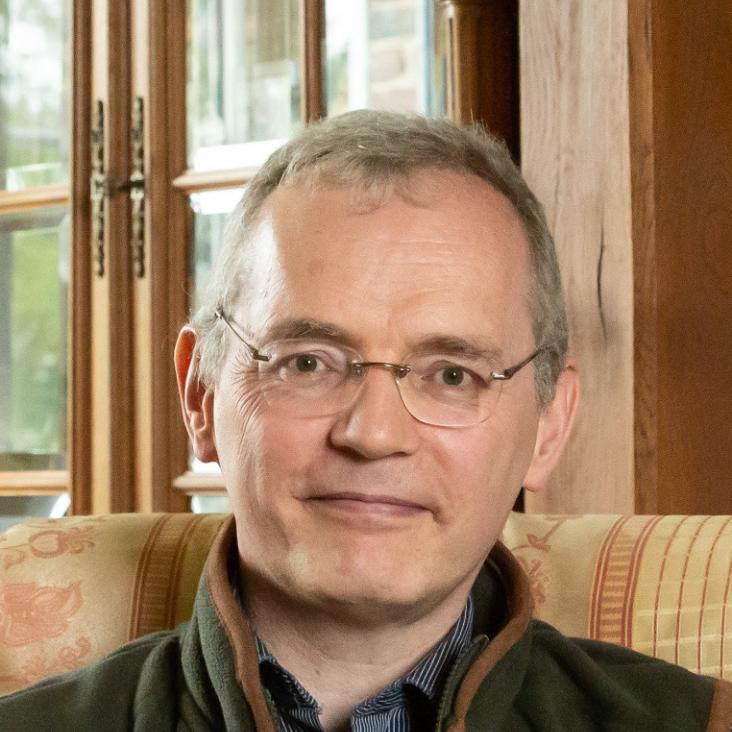Coexistence of static magnetism and superconductivity in SmFeAsO1-xFx as revealed by muon spin rotation
(2008)
Effect of magnesium doping on the orbital and magnetic order in LiNiO2
(2008)
Isotope effect in quasi-two-dimensional metal-organic antiferromagnets
(2008)
Tuning the interlayer spacing in high T_c superconductors: penetration depth and two-dimensional superfluid density
(2008)
Coexistence of magnetic fluctuations and superconductivity in the pnictide high temperature superconductor SmFeAsO$_{1-x}$F$_{x}$ measured by muon spin rotation
(2008)


